Understanding Black Box Testing
Why Black Box Testing is Important for AI Systems
-
Medical diagnosis tools
-
Self-driving cars
- Chatbots
-
Stay unbiased
-
Evaluate real-world performance
- Spot unexpected changes or errors
4 Black Box Testing Techniques for AI
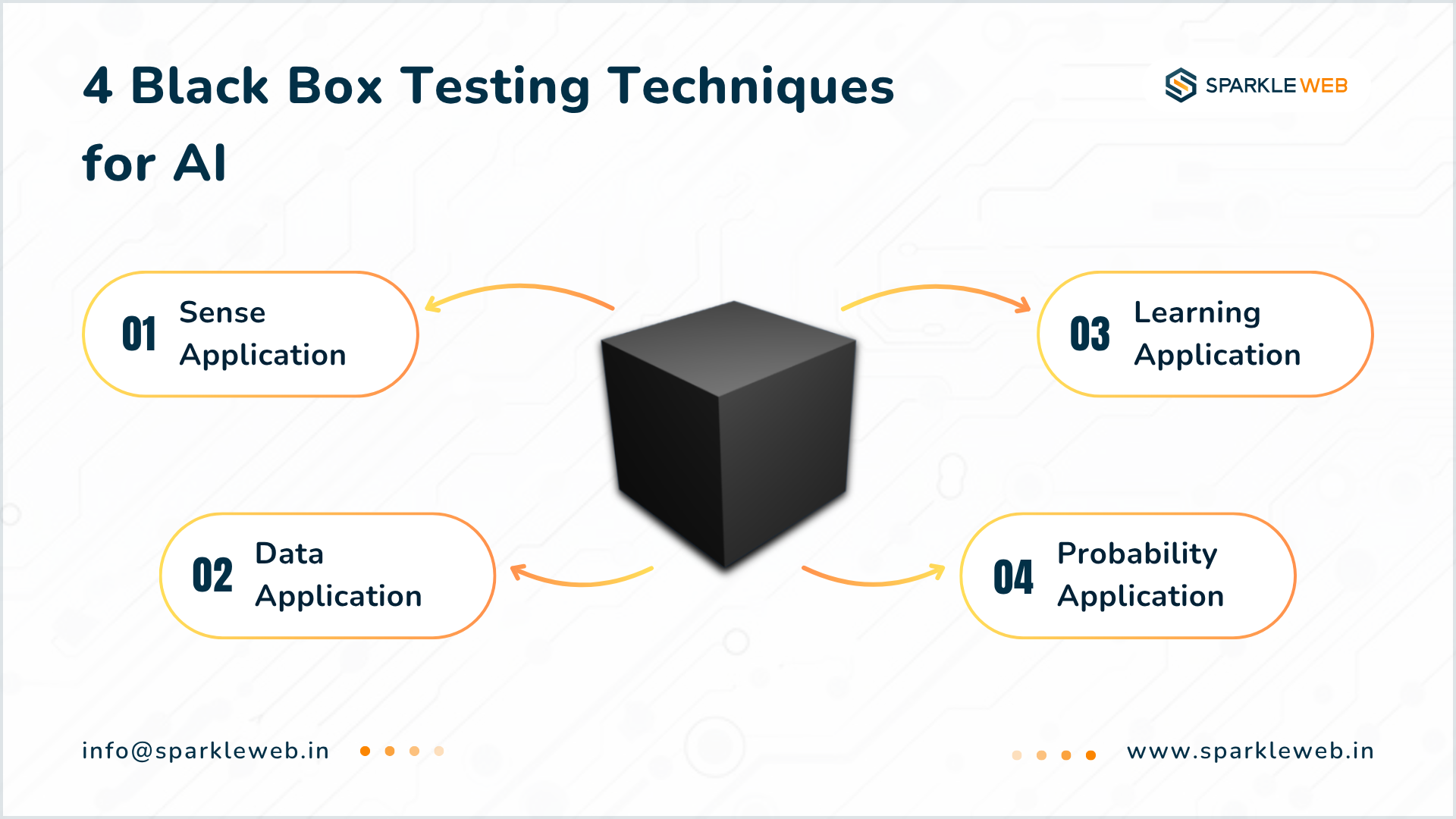
1. Sense Application
-
This method simulates real-world situations and checks if the AI responds correctly.
-
It compares AI predictions to actual outcomes to find errors.
- This is also known as Posterior Predictive Checks.
2. Data Application
-
Like testing every part of a rocket before launch, this checks how AI handles different inputs.
-
It helps make sure the AI performs well in different conditions (temperature, pressure, etc.).
- Good test data = better results.
3. Learning Application
-
Neural networks can be trained to understand how the AI should behave.
-
This helps create better test cases based only on inputs and outputs.
4. Probability Application
-
AI is not always 100% predictable.
-
Using fuzzy logic, testers choose test cases with the highest impact.
- This improves test coverage and finds weak spots.
5 Key Principles of Black Box Testing for AI Systems
1. Comprehensive Test Scenarios
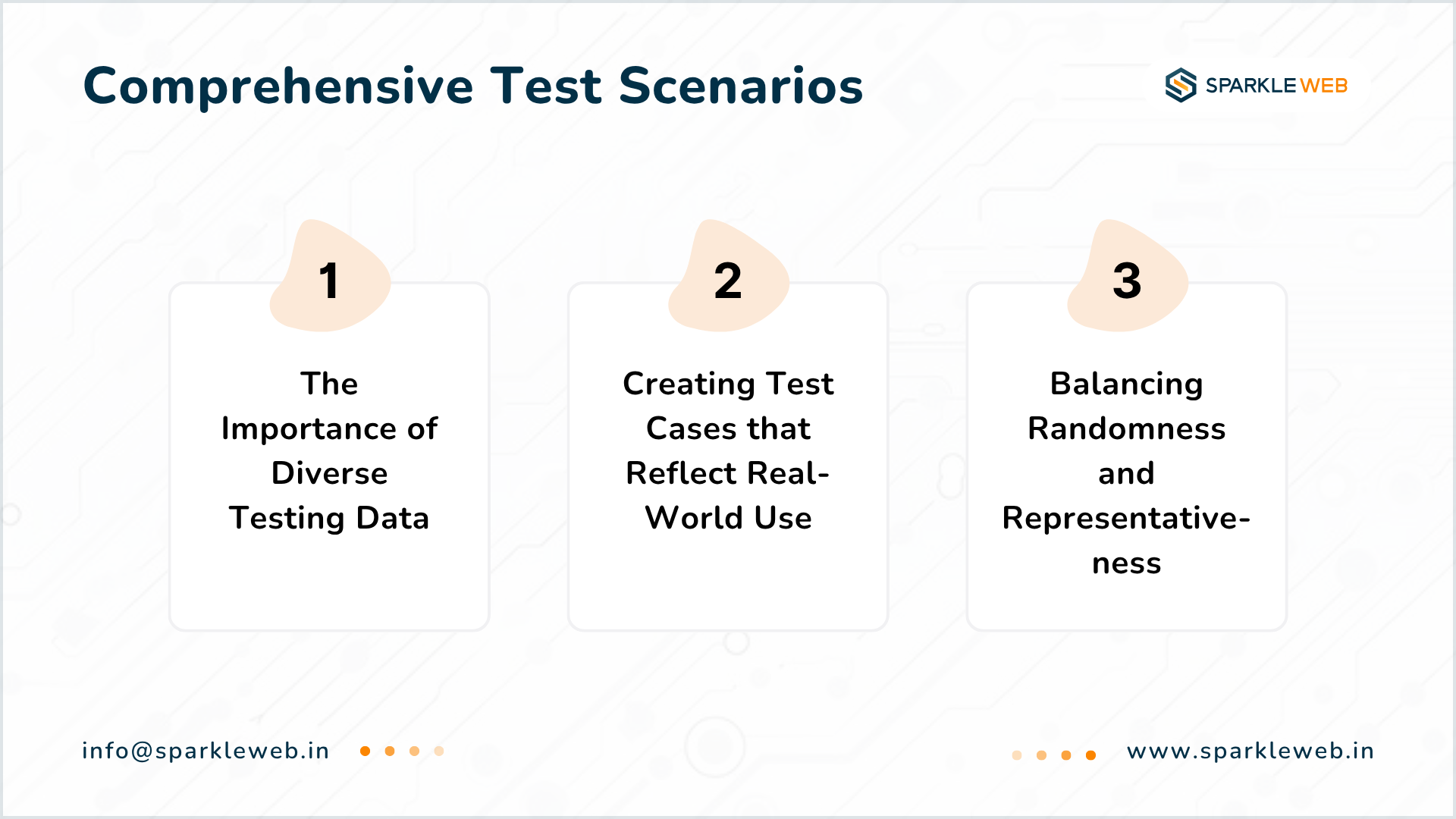
-
Test the AI with many different inputs from different industries.
-
Create test cases that match real-life use.
- Balance between random tests and tests that reflect common situations.
2. Continuous Feedback and Iteration
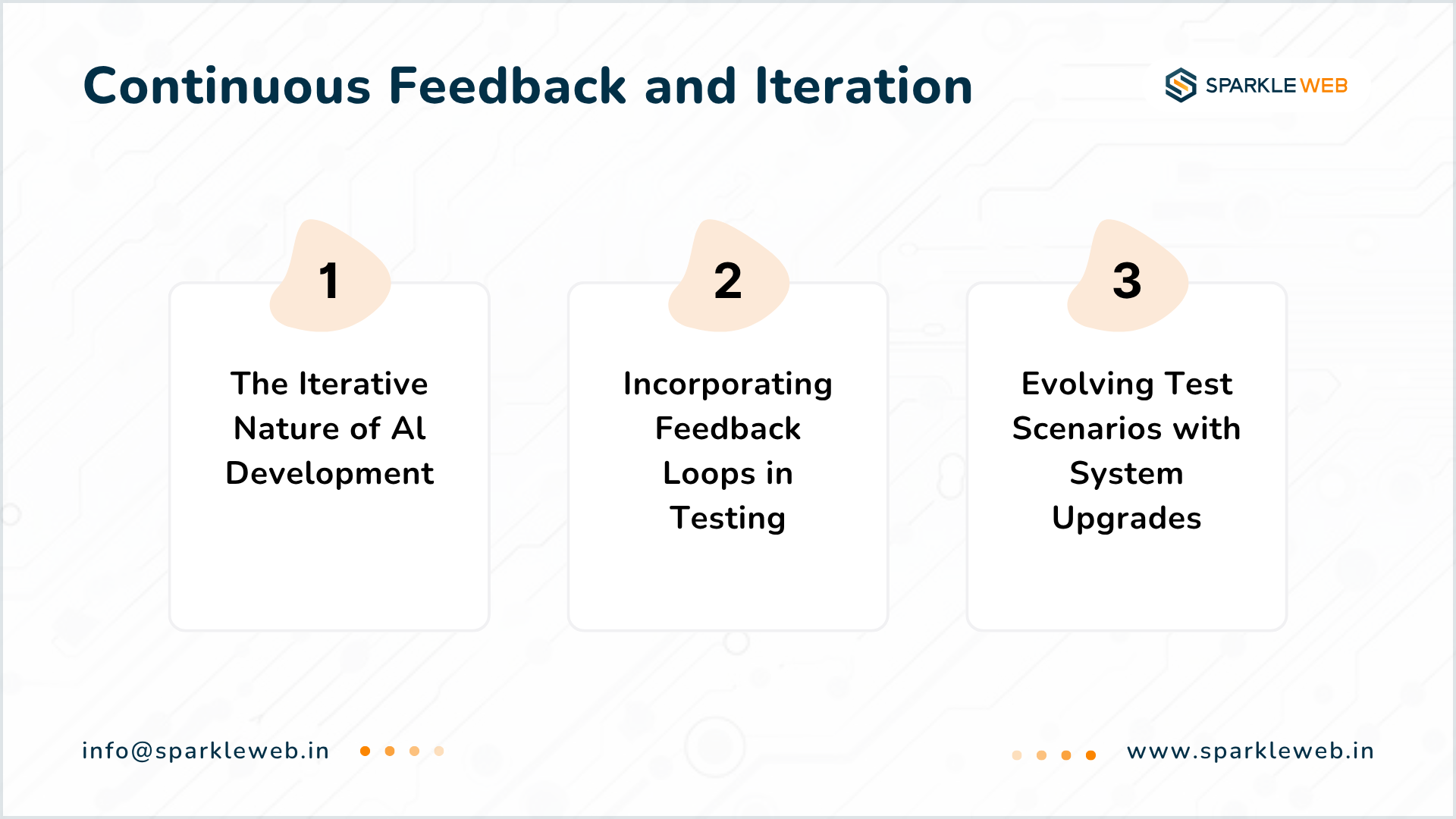
-
AI is always learning. Testing should continue as the system grows.
-
Use feedback from earlier tests to improve new ones.
- As the AI upgrades, testing scenarios should also evolve.
3. Independent Testing Teams
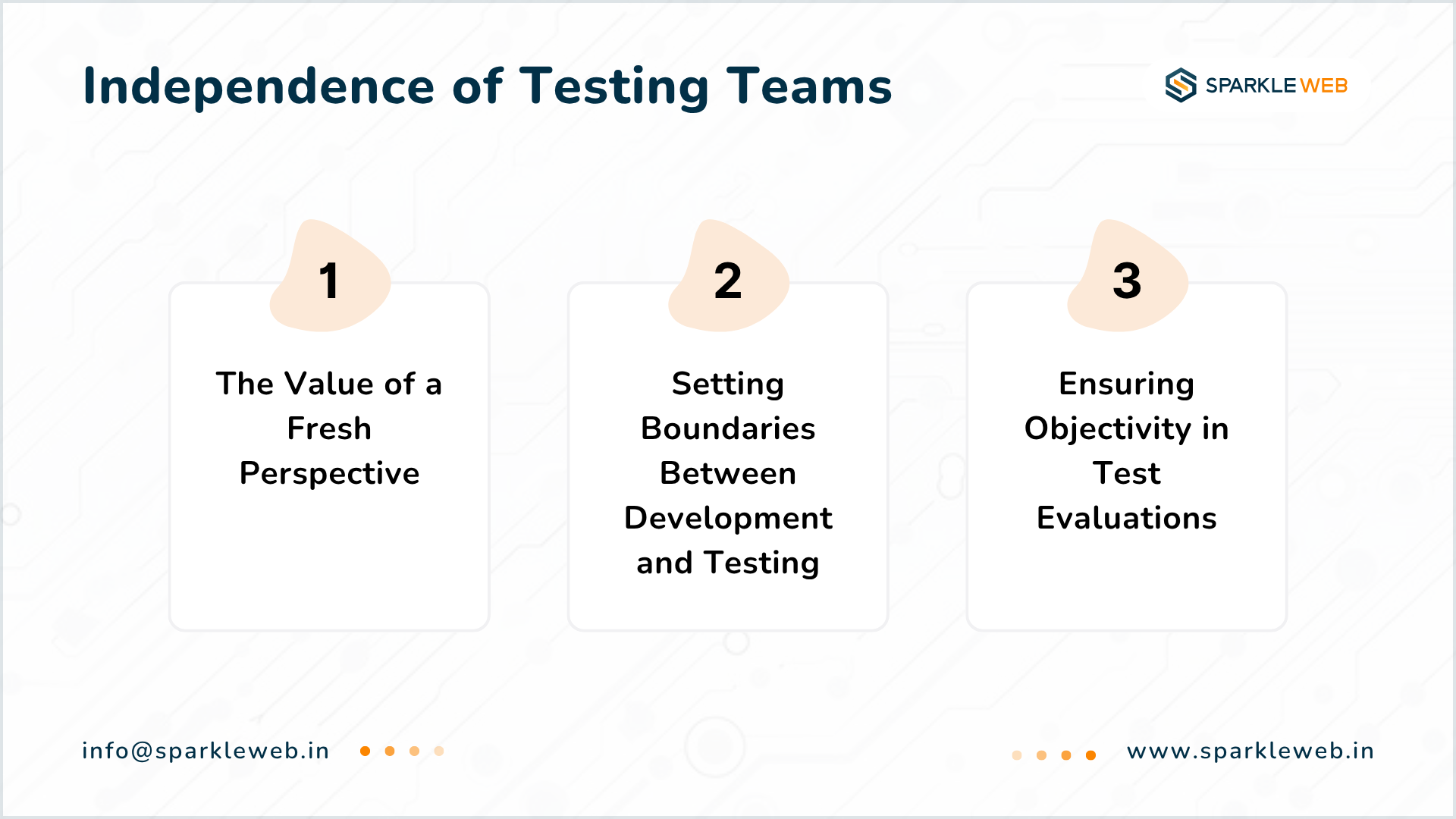
-
Testers should work separately from developers.
-
A fresh view often catches mistakes that developers miss.
- This ensures fairness and objectivity.
4. Usability and Accessibility Focus
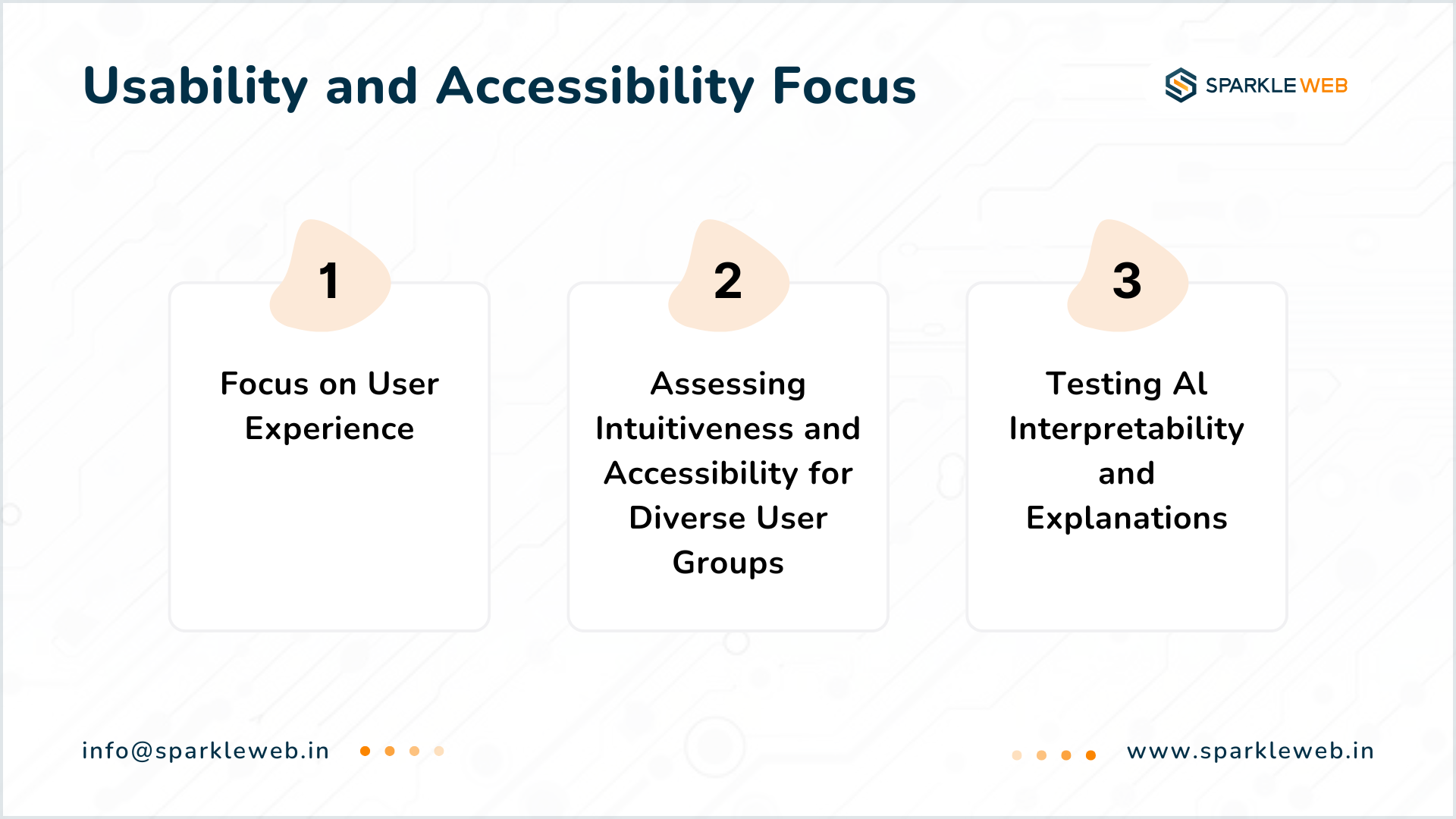
-
Testing should check if the AI is easy to use.
-
Make sure people from different backgrounds can use it.
- Check if the AI can explain its decisions clearly.
5. Ethical and Unbiased Evaluation
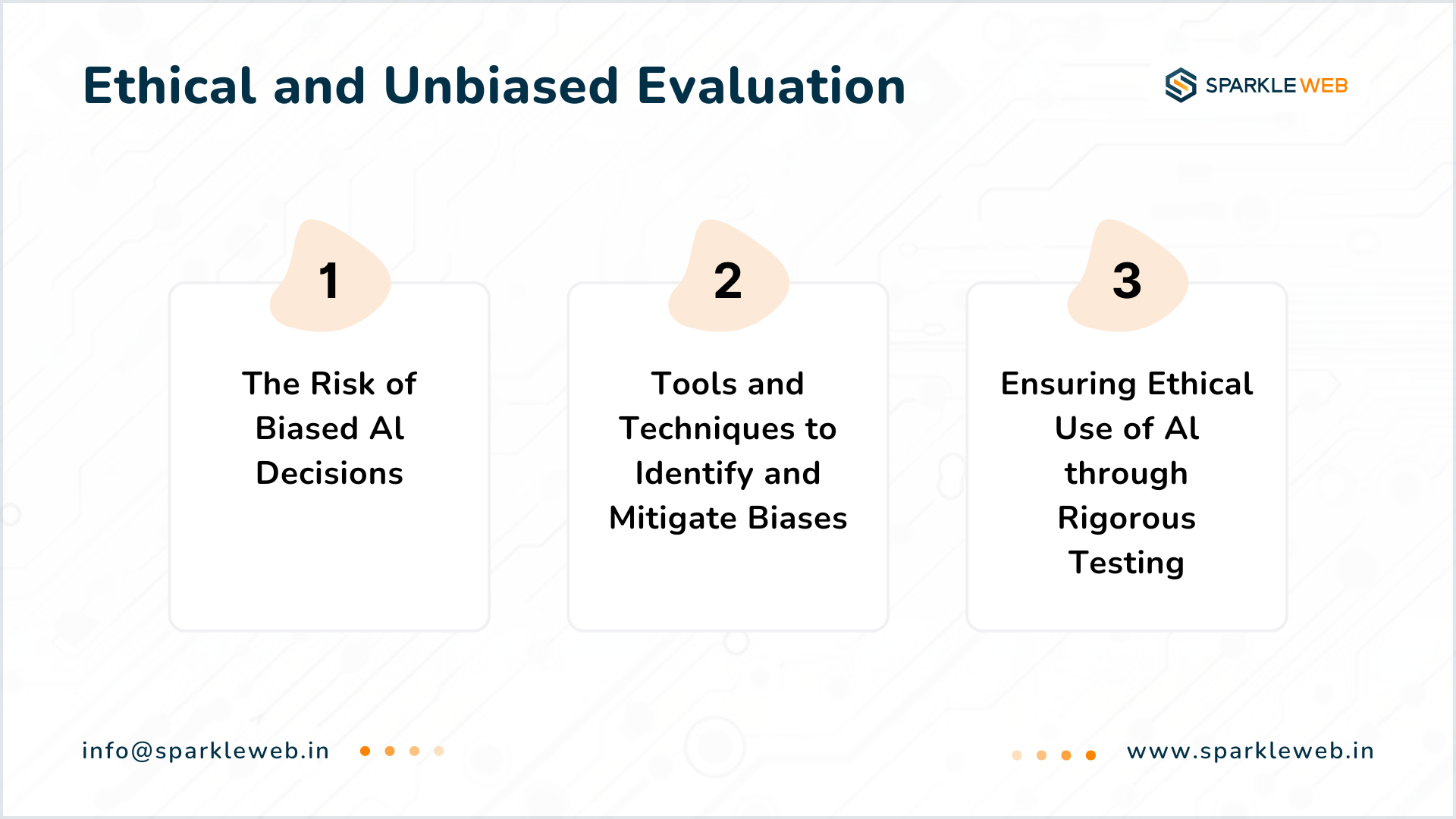
-
Bias in AI can harm users and damage a brand’s reputation.
-
Black Box Testing can detect these biases.
- Use tools and strategies to keep the AI fair and ethical.
Common Challenges in Black Box Testing for AI
1. Handling Non-deterministic Outputs
-
AI doesn’t always give the same result every time.
-
Use probability-based tests to check how it behaves under different situations.
2. Scalability and Automation
-
AI systems are huge and complex.
-
We need automation and smart tools to test them well.
- Combine unit, integration, and end-to-end testing to cover everything.
3. Testing Without Knowing the Internals
-
Since we don’t know what’s inside, it’s hard to know what we have missed.
-
Use scenario-based tests and work with domain experts to cover all cases.
Conclusion
Here’s what we offer:
-
Full Black Box Testing for AI/ML pipelines
-
Smart automation and scenario-based testing
- Bias detection and ethical AI assurance
- Independent QA teams for fair and unbiased results
-
Support for top AI frameworks: TensorFlow, PyTorch, and Scikit-learn
We make sure your AI systems are:
-
Reliable
-
Secure
- Ethical
- Scalable
Get a Free Consultation Today! Let us help you test your AI systems the right way.


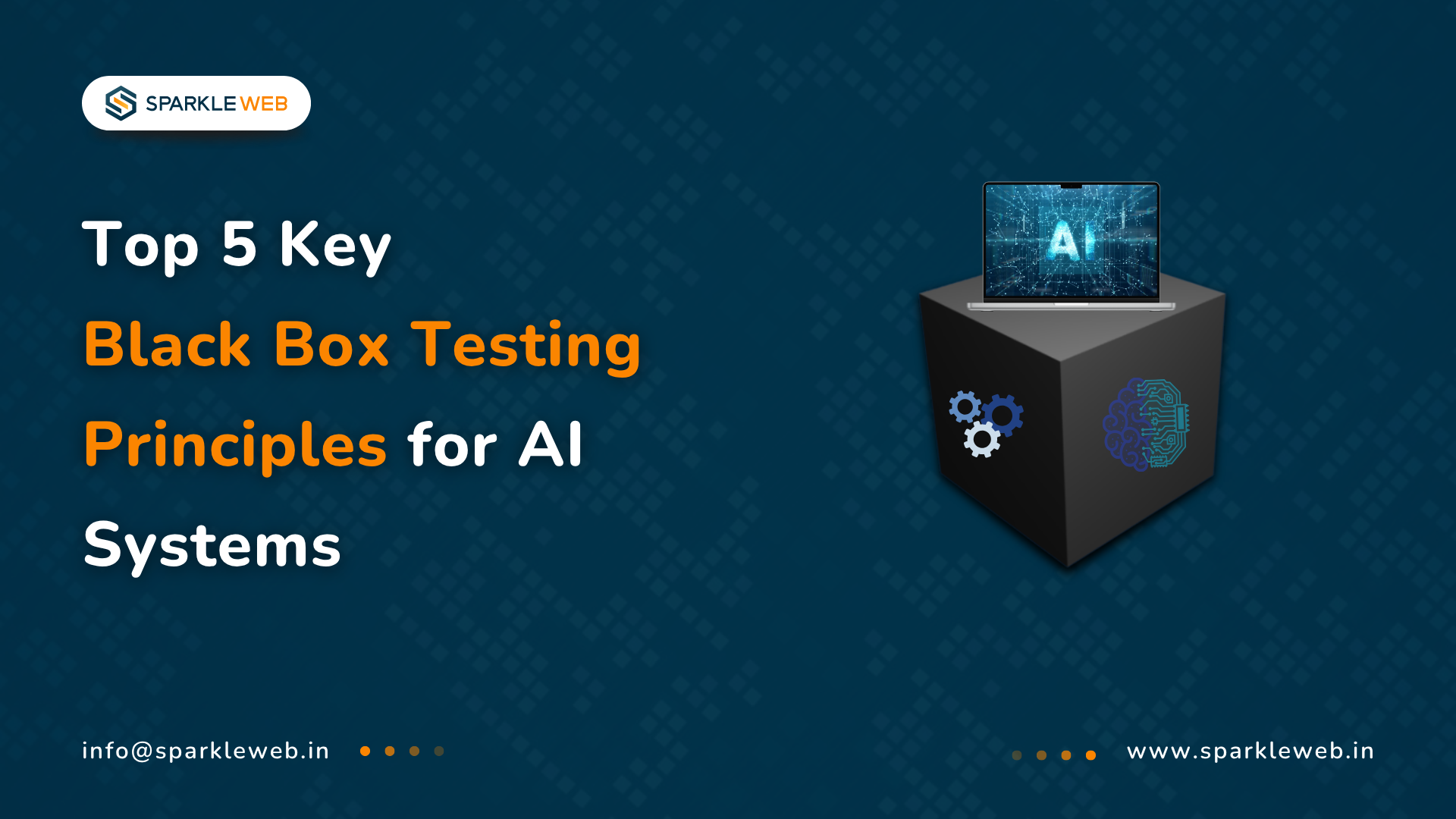
Keyur Kinkhabwala
QA Manager
Reply